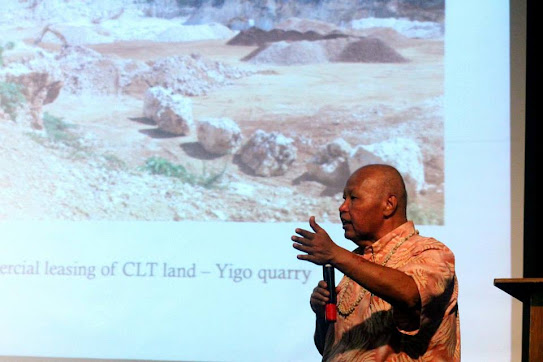Miget's Chamoru Vinyl Collection

After my third child Lulai was born in 2021, I had a month of paternity leave from working at the Guam Museum. During this time, I would usually take Lulai at night for around four or five hours, to give her mother Desiree a chance to sleep or relax or do anything undisturbed for a while. I would sing to her, rock her, hold her while she slept. It gave me time to think, to reflect, to watch things, to read. One of the things that I thought alot about at the time was Chamoru music and its future. I never really made the jump to digital music platforms like Spotify, but I do listen to music on YouTube. While I would be watching Lulai I would want to sing to her different Chamoru songs and I would look for them on YouTube and not be able to find the songs. I was frustrated because I had the songs on tapes or on CDs or on vinyl records, but my hands were full with a child, or the physical copies were packed away in boxes in storage somewhere and it would take forever...










